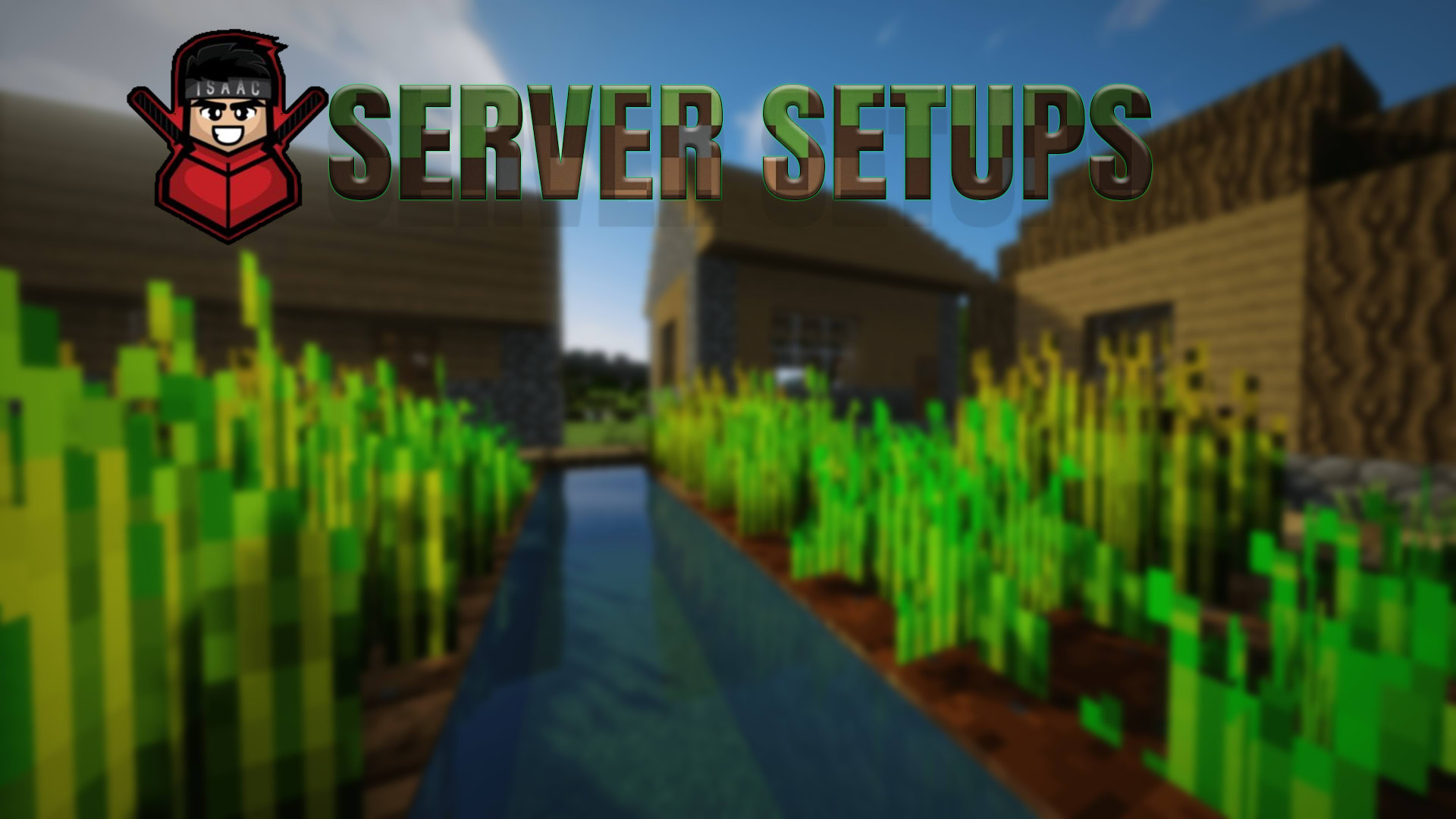Visualization should be a part of every bowler’s game in order to develop their competitiveness and raise their average.
My friends always joke about the fact that we are in the PBA (practice bowler’s association). That’s because we always seem to get lined up perfectly during the 10 – 15 minutes before actual league play. Then, in the short, few minutes from the time the desk announces practice is over to the time that the arrows come up on the scorers, the line changes on the lanes. We commonly brush it off as “oil carry-down,” because, “what other explanation is there?” I believe that it has happened to all of us at one time or another.
What happened? Where did the shot go? More often than any other reason, it’s because the time for actually keeping score has come and people naturally tend to tense up. The degree of tension experienced by each individual depends largely on how well-developed their mental game is. The large majority of bowlers practice the physical aspects of their game (“muscle memory”) in which repetitive movements will become cemented into a routine which results in the bowler being able to literally, “walk down the approach without thinking.” Many people tend to forget that they should work on their “visualization” practice. This is something that can be done anywhere as long as you remember to do it.

Watch any sporting event on television and you will see the participants doing this visualization thing all the time. Think back to the most recent professional athlete you saw; do you remember him or her imagining or visualizing what they were going to do? A crucial putt on the green, a free throw in basketball, a tennis serve, a quarterback’s pass to a receiver, and of course, a bowler’s throw down the lanes. All take some form of visualization practice so that the successful image is planted in their brain and mindset. Even during interviews, professional athletes almost always mention how they saw the successful outcome before they did it.
Why should you do it? So that when the time comes for you to perform, you won’t get tensed up and rattled because you are unsure of your actions. You will have honed your mind to the point that you have already seen yourself being successful and your confidence will be such that nothing else can come in the way of you doing well.
Are you looking for the best bowling ball? If so, then you’re in luck as you simply need to take care of the following point in order to get the gist of the game that would make you understand the technique in an easy manner without any technicalities at play.
Here is a very simple visualization and imagery exercise:
1) Relax yourself, close your eyes, take a deep breath, hold it for a few seconds, then, let it out. Repeat this at least three times.
2) Develop a clear mental picture of yourself as you go through your pre-shot routine.
3) Clearly watch yourself pick up your ball and get set on the approach.
4) Visualize yourself smoothly taking your steps and ending up at the foul line with perfect balance, hand position, and leverage.
5) See your ball rolling down the lane in the arc that you are used to, watch it roll over your mark (or area as the case may be), and hit the 1 – 3 pocket driving the pins into the pit.
6) Cement your images into your brain by any method comfortable to you such as closing your eyes and taking some deep breaths or clenching your fists.
As aforementioned, this is a practice that you can do anywhere. Sitting at home, during commercials when you’re watching television, laying on your recliner beside the pool, during your lunch in the break room at work, but, I’m sure you get the idea.

From these six simple steps, build your own visualization technique or procedure. Use instant replay or how about start-stop action? Can you imagine you are going down the lane like your favorite professional that you would like to emulate? Diandra Asbaty, Cheryl Daniels, Kelly Kulick, , Walter Ray Williams, Norm Duke, or Chris Barnes? Just remember to keep things positive, always positive.
Using positive visualization and imagery can, and will, improve your performance if you practice it along with your physical game. It is very common to hear our favorite athlete talking about having a tough mental game. Why shouldn’t it be a part of yours?




